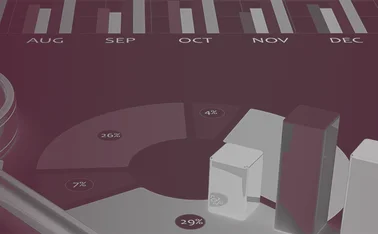
Norges Bank paper tries to extract high-frequency forecasts from low-frequency data
Researchers find low-frequency information can be important

Low-frequency information is important in forecasting high-frequency variables, according to research published on October 29 by Norges Bank.
Forecasting low-frequency data such as quarterly GDP figures using high-frequency variables such as monthly data is common, but in the working paper Using low frequency information for predicting high frequency variables, authors Claudia Foroni, Pierre Guérin and Massimiliano Marcellino flip the model around.
They use a new model to capture the "dynamic
Only users who have a paid subscription or are part of a corporate subscription are able to print or copy content.
To access these options, along with all other subscription benefits, please contact info@centralbanking.com or view our subscription options here: subscriptions.centralbanking.com/subscribe
You are currently unable to print this content. Please contact info@centralbanking.com to find out more.
You are currently unable to copy this content. Please contact info@centralbanking.com to find out more.
Copyright Infopro Digital Limited. All rights reserved.
As outlined in our terms and conditions, https://www.infopro-digital.com/terms-and-conditions/subscriptions/ (point 2.4), printing is limited to a single copy.
If you would like to purchase additional rights please email info@centralbanking.com test test test
Copyright Infopro Digital Limited. All rights reserved.
You may share this content using our article tools. As outlined in our terms and conditions, https://www.infopro-digital.com/terms-and-conditions/subscriptions/ (clause 2.4), an Authorised User may only make one copy of the materials for their own personal use. You must also comply with the restrictions in clause 2.5.
If you would like to purchase additional rights please email info@centralbanking.com test test test







